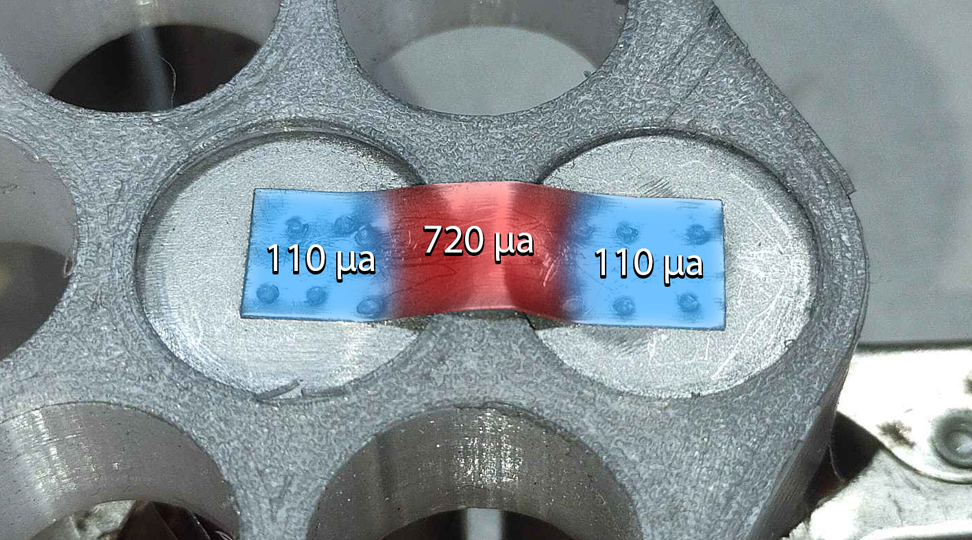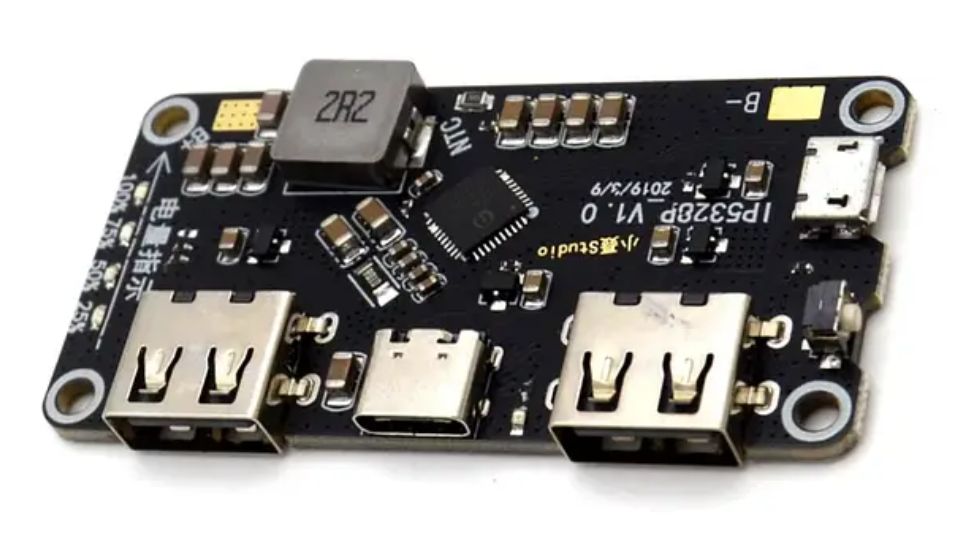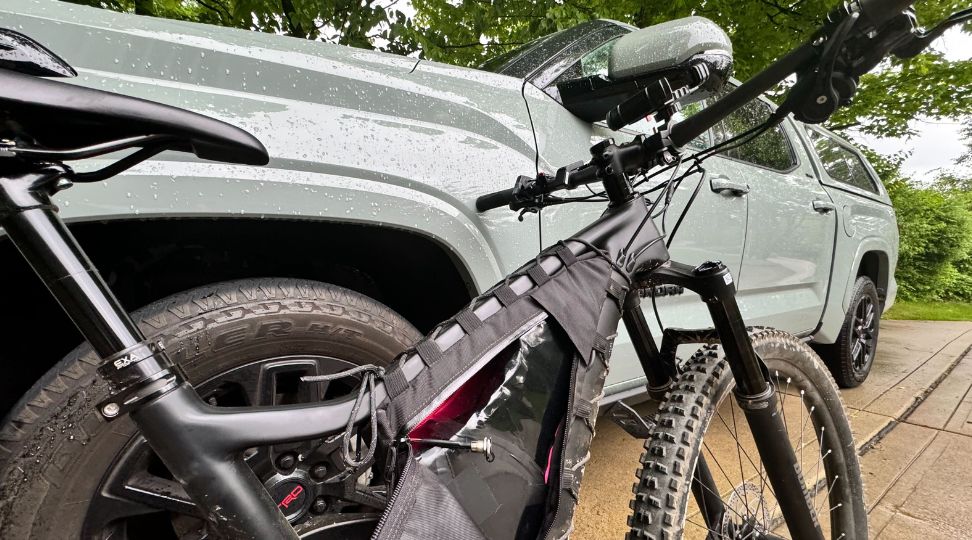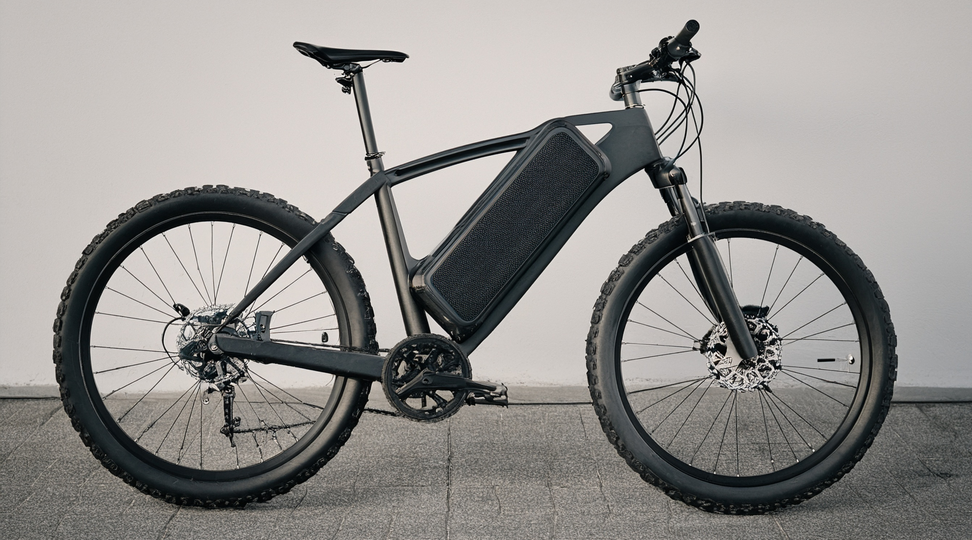Personal Electric Vehicles
PEVs (Plugin Electric Vehicles) are becoming more and more commonplace. This can be attributed to the ever falling cost of the lithium ion battery cell. Today lithium ion cells cost 10 times less than they did 10 years ago. This has enabled the beginning of a total revolution in transportation technology. Fully electric vehicles are now able to demonstrate their benefits to the public at scale.
More and more electric vehicles are showing up on the road and people are starting to see the benefits of going fully electric. Electric vehicles cost somewhere between 3 and 5 times less to operate per mile than their gasoline counterparts.
They also come with the added benefit of paying for the fuel at the end of the month when your power bill is due. Also, electric motors provide 100% of their available torque from 0 RPM. This is in contrast to internal combustion vehicles that require the motor to rev to several thousand RPM before it momentarily reaches peak output.
Articles in this category will be about high energy battery packs, high density battery packs, battery cooling techniques, and motor controllers.

Performance Loss As A Result Of Series Connections
What specific things about a copper battery are better than a nickel battery? Will it perform better under load? Will I feel additional power and acceleration as a result of using copper? Will my battery have a higher range if I build it with copper? Will my copper battery be able to endure more charge and discharge cycles than my nickel battery?

72 Volt Battery
Is a 72V battery always better than a lower voltage battery? This article investigates this situation by comparing the power deliver, efficiency, and other metrics between a 72V battery and a 36V battery.

How To Build A Fast Charge USB Battery Bank
Discover how to create a fast-charging USB battery bank using the IP5328P module. Follow our simple guide to ensure your devices stay powered on the go!

What is the safest way to charge ebike battery
For safe and effective e-bike battery charging, use a charger that matches the battery’s specifications, employ a constant current power supply, and include a Battery Management System (BMS) to prevent risks and extend battery life.

How to Extend the Life of a Lithium Battery
Extend the life of your lithium-ion battery by avoiding full charges and deep discharges. Use the recommended charger and keep the battery in a cool environment for optimal performance.

Why do batteries self discharge
Lithium-ion batteries self-discharge due to internal chemical reactions, electrode impurities, and temperature. This gradual loss of charge happens even when not in use. Understanding these factors can help you store and maintain your batteries for longer life and better performance.

Is it safe to store lithium-ion batteries in the house
Storing lithium-ion batteries at home is safe if you follow some basic guidelines. Keep them away from heat sources, avoid physical damage, and ensure they are out of reach of children and pets. By taking these precautions, you can ensure a safe environment and extend the life of your batteries.

How many amps does it take to charge an ebike battery
To charge an e-bike battery, divide its capacity (Ah) by the time available (hours) using the formula: Current (A) = Capacity (Ah) / Time (hours). Ensure the charging current is within the battery's and Battery Management System's (BMS) safety limits.

Is it bad to leave an ebike plugged in all the time
Leaving your eBike plugged in is generally safe with modern BMS, but for best battery health, avoid full charges and long-term plug-ins. Follow these tips for better battery longevity and performance.